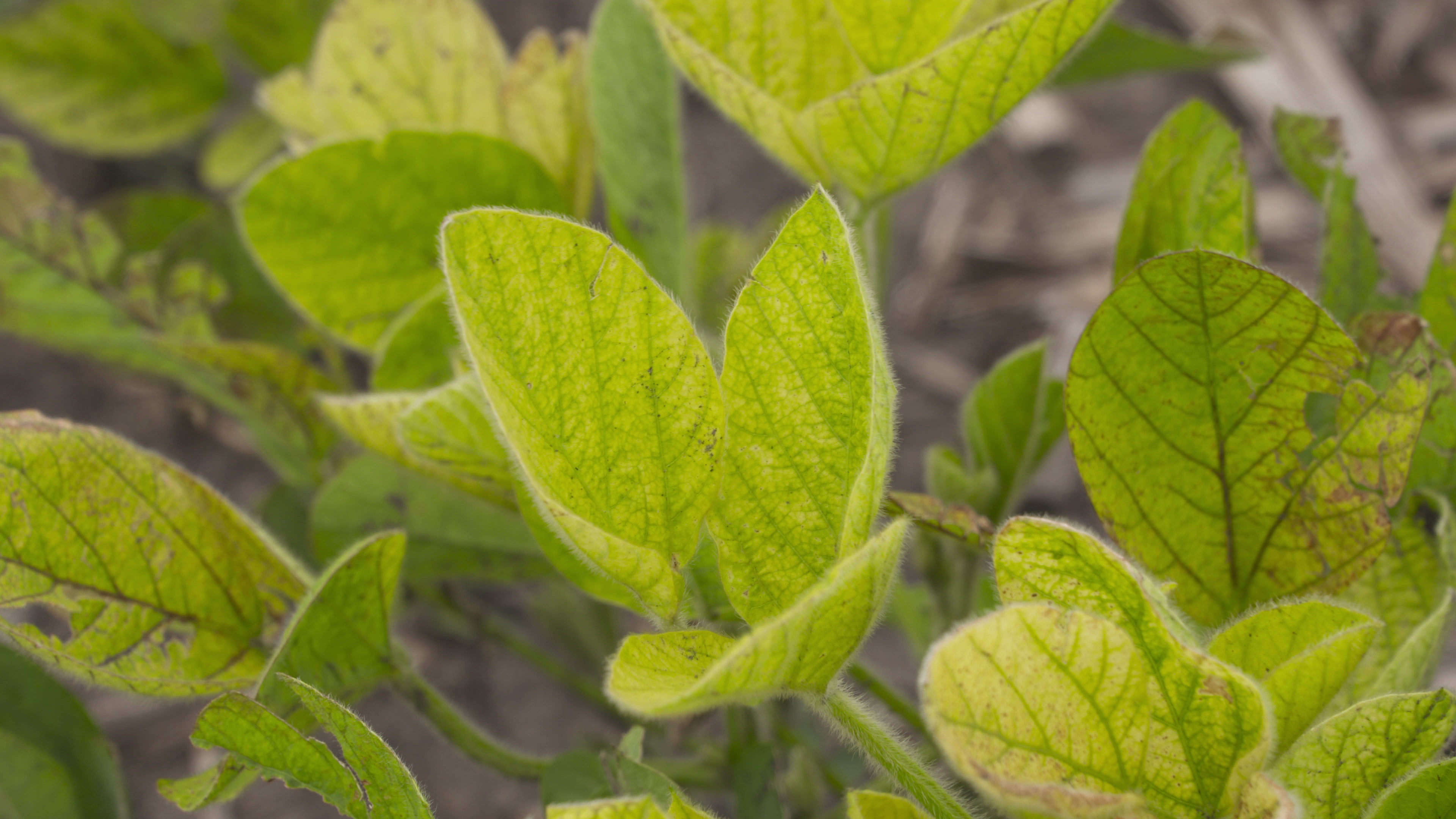

DO YOU NEED TO PLANT 300,000 SEEDS PER ACRE IN YOUR SOYBEAN FIELDS? BETTER YET, HAVE YOU EVER TRIED A SEEDING RATE THIS HIGH?
THAT’S EXACTLY WHAT A FARMER WE WORK WITH IN MINNESOTA DID.
WHY WOULD HE DO THAT?
This farmer was sick and tired of seeing yellow soybeans in areas of his farm due to iron deficiency chlorosis (IDC). In a majority of the field, he ran with 150,000 seeds per acre and achieved right around 50 bushels per acre. In his worst IDC areas where yield would normally be poor, with high population beans, he achieved… around 50 bushels per acre.
SO WAS IT WORTH DOING?
MY THOUGHT IS EMPHATICALLY A GREAT, BIG YES!
Here’s why. It’s not uncommon for IDC areas to yield 10 to 50 bushels less than the rest of the field. Sometimes, the yield monitor even shows a big goose egg (that’s zero). Planting a double population may be overdoing it a little, but even so it only cost an extra $60 per acre with seed treatment. That’s about 5 bushels of soybeans. With a yield gain of at least 10 bushels and maybe much more, it’s a great return on investment!
By the way, more soybean plants means more soybean roots. Roots excrete organic acids to solubilize nutrients and lower soil pH. That’s what helped the soybeans in the high population area stay green all season long.
IT’S DIFFERENCES LIKE THIS THAT CAN BE MADE BY ADJUSTING PLANTING POPULATION THROUGHOUT A FIELD AND ACROSS YOUR WHOLE FARM.

Common symptoms of iron deficiency chlorosis (IDC) in soybeans are leaf yellowing with green veins. This condition can severely impact yield.
With soybeans, though, it’s often just the opposite of how you’d change seeding rates for corn. With beans, higher populations provide the most benefits in poor areas of fields, while lower populations work best in the highest-yielding areas.
Poor areas may have IDC (as described on the previous page) or they may have lighter, low organic matter soils. Establishing an early crop canopy by increasing planting population may help a lot. On the other side of this issue, lower populations in the heavy, rich parts of fields may result in less disease pressure (white mold comes immediately to mind).
The best way to figure this out on your farm is to build a variable rate population map or even just make a plan to do this manually. Leave your standard planting population set and make passes through the field. Then, switch to a low population (maybe 120,000 seeds/acre) for a few passes and alternate with a higher population (maybe try 200,000 seeds/acre) to see what works in different areas across the field.
The big thing here is not to do small changes. Go for BIG population cuts or jumps and do this on a small amount of acres as you’re learning. If you vary the population by 5,000 to 10,000 seeds, I don’t believe you’ll see any differences in yield and performance. Make a wide swing in population so if there’s a difference to be found, you’ll find it. Then, you can fine-tune exactly how big or small the population needs to be in future trials.
Much like variable rate fertility applications, variable rate seeding can make or save you a lot of money on your farm. We encourage you to start experimenting on a small scale next year.
